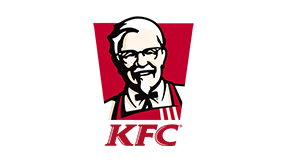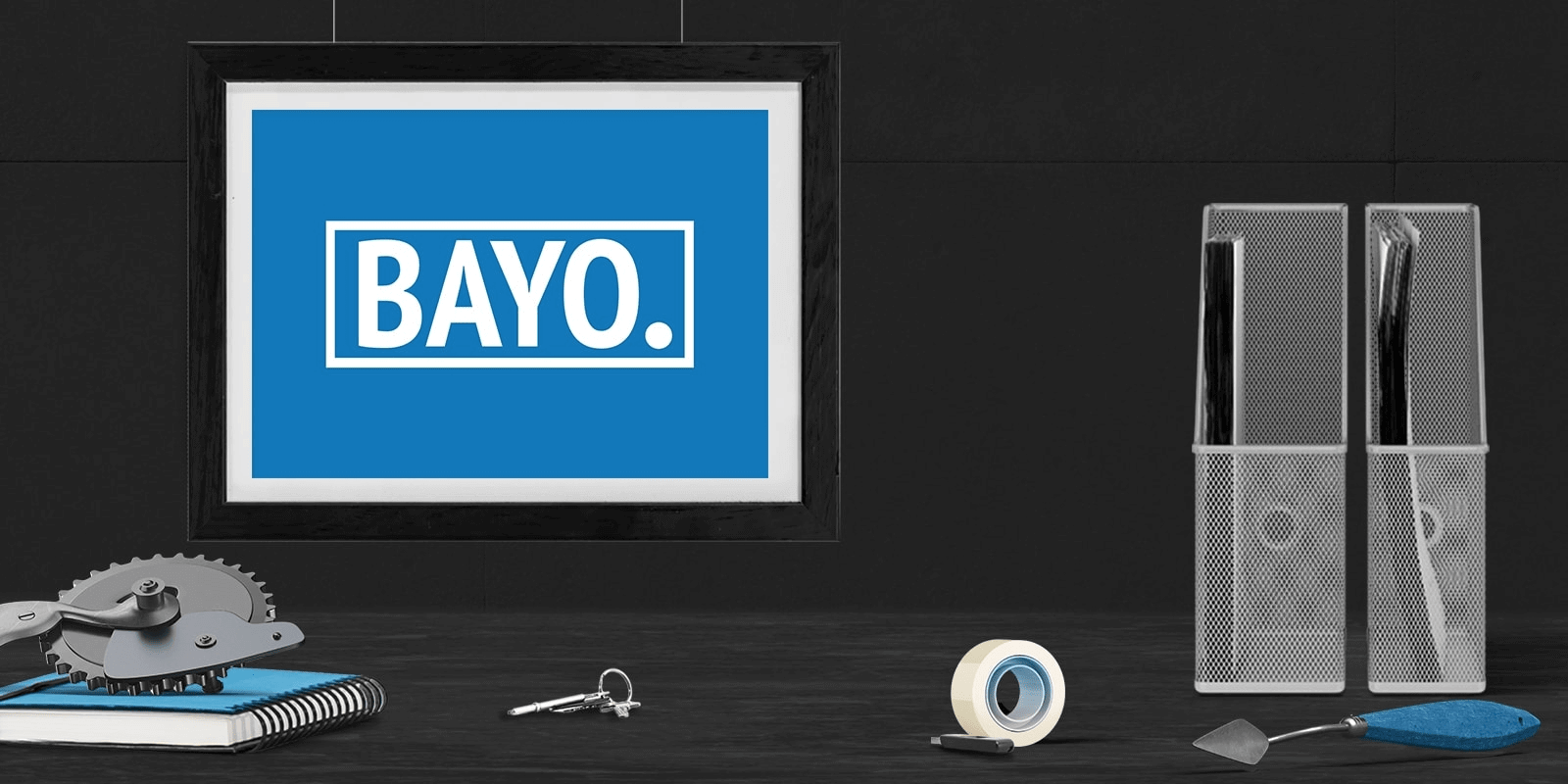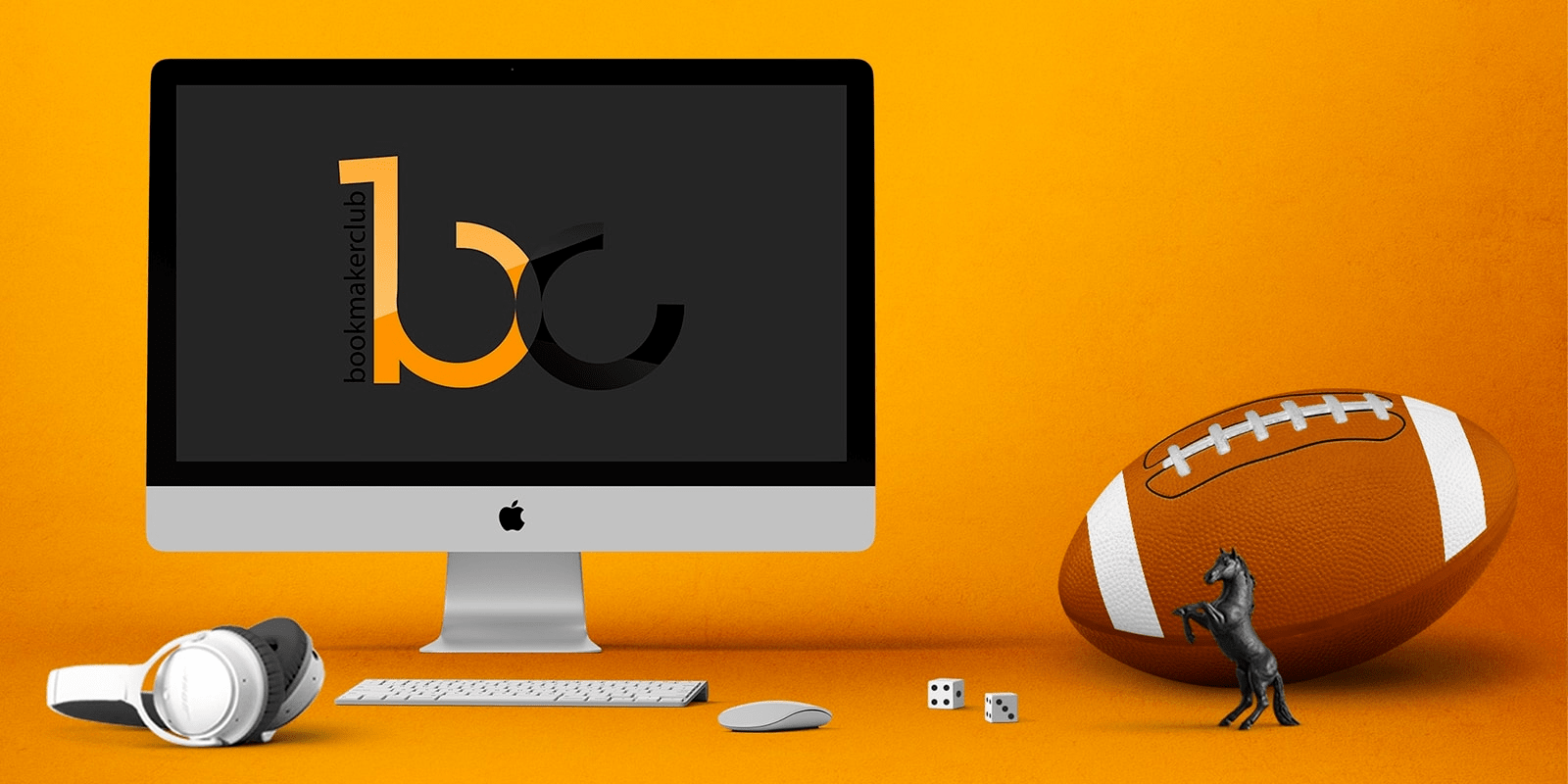Brand character development
WHY DO YOU NEED A BRAND CHARACTER?
Gains respect of the target audience
A recognizable character helps you to differentiate yourself from competitors and to achieve a favorable attitude towards your product or service from potential consumers. As a result, the reach of your target audience would increase.
Causes interest and maintains customer loyalty
The presence of a hero on image elements, advertising campaigns, and promo events helps to convey information to consumers in a lively and interesting way.
Forming a positive image of a brand
As a rule corporate character is an expensive element of the image of the company. It shows that the company is serious and has a high-status level.




WeLoveBrands studio provides services of corporate character development. We are creating heroes that are telling consumers about a company/product, showing the mood, style, and image of a brand.
Question - Answer
What type of brand character can you order?
-
Emotional character. The character of an emotional type can share fun, energy, and carelessness (the good-natured Cheerful Milkman from the Wimm-Bill-Dann dairy advertisement, the unusual Red Up animal from the Wimm-Bill-Dann advertisement for the children’s product series, the carefree Chuck from the Chupa Chups advertisement). Also, it can cause negative feelings (such as ominous germs in the advertisement for the Domestos detergent). What image is appropriate for a particular case depends on the nature of the brand.
- Character friend. This character helps your brand build trust by conveying friendship, kindness, and other similar values. For example, the friend is Quickie the Nesquik Bunny or Nesquik Bunny from a US chocolate drink ad, and Ronald the clown from a McDonald’s advertisement.
- Character hero. The attention of consumers is always attracted by the leading archetypes or heroes, both positive and negative. This is proved by the examples of the opposite characters “Yellow” and “Red” from the advertisement for M&M’s chocolate pills, the positive Santa Claus from the Coca-Cola advertisement, or the negative character Light Hunger from the advertisement for Danissimo dessert.
- Assistant character. This type of character gains consumer confidence so quickly by doing all the chores for them. Shining examples are Mr. Muscle from a cleaning advertisement or the hard-working Rex fox from a Henkel laundry detergent ad.
What functions does a corporate character have? And what are the criteria for evaluating a brand hero?
A corporate character is performing these basic functions:
- Image. Due to the original, attractive, and recognizable character, an appropriate image of the company is formed. As a result, a positive perception of its products is appearing.
- Trustworthy. At the sight of a personified character, a potential buyer subconsciously associates himself with him. That’s why he is imbued with great trust in relation to the advertised product.
- Informational. A corporate character helps convey all the information about products or services with complex property (composition, mechanics, etc.) easily and naturally.
- Differentiating. A product with a “face” in a form of well-thought out brand character is standing out favorably from the general mass of competitors at the market.
- Identifying. The presence of a character indicates his connection with a particular company or trade mark, thereby making it possible to identify the origin of the advertising product quickly.
So it must be evaluated according to following criteria:
- Emotionality. A hero brand must be able to make vivid even the most boring advertising product, to leave an emotional mark in the consumer’s mind.
- Individuality. In order for your brand to stand out from the competition, the character representing it must be unusual and unlike any existing on the market.
- Memorability. Due to carefully thought-out details, the brand hero should remain in the consumer’s memory at first sight and for a long time.
How to choose a character for a brand hero? Who are the best brand characters in the world?
While choosing a character of a brand hero it is important to:
- Study your customers. First of all, try to find out the main aspects about potential buyers of your product or service customers. Find answers to there questions: for what purpose are they using your product / service or similar to him / her? how are they motivated when making decisions about buying a product or ordering a service? what feelings and emotions do they experience while doing this?
- Establish an emotional connection with the audience. Research has found that half of all purchases are made by consumers under the influence of emotions. Therefore, the task of the future brand character is to look sincere to win over a potential buyer to himself and to the product.
- Engage symbolism. Confucius noted that “signs and symbols rule the world.” So the use of symbolic images, graphics helps to get a more emotional response from the target audience.
- Find the appropriate archetype. When you have a clear understanding of your brand and target audience, choose one of the 12 classic archetypes that is closest to your company and can convey the essence of your products the best way: Sage, Rebel, Hero, Magician, Jester, Lover, Nice Guy, Caring, Ruler, Creator, Child, Seeker.
If talking about the best brand characters in the world, then there are 5 main types that consumers like:
- Helper. His main task is to help a customer understand how to use the product correctly, or to provide useful advice. Such world-famous assistants include Skrepysh – a character in the form of a paper clip in Microsoft Office, as well as IKEA Man – a man who helps buyers of IKEA furniture in assembling it.
- Animated character. In most of cases it is using in a video advertisement as a participant of funny or unusual situations. It helps to convey the importance of a product to consumer. The most shining examples of animated characters are Quicky rabbit – a character of a “Nesquik” trademark, dinosaur Dino – a mascot of a milky product “Rastishka”, Red and Yellow – friends from the M&Ms chocolate drops promo.
- Real life character. In promo he acts as a real person. He can even be drawn from a photo. And if earlier the main areas of use of real characters were commercials and product packaging ( popular Marlboro cowboy), then in modern realities they have been replaced by web design and social media in the form of blogs and social networks (a good example is the famous character of Steve Jobs).
- Abstract illustration. This type of character is reinforcing the brand’s mission by identifying it visually. An abstract illustration is the best variant for design use and fits perfectly into a corporate identity system. For instance, the DoughBoy man advertising Pilsbury dough products, or the gecko from the Geico Gecko advertisements.
- Personalized character. It conveys the image of a brand in action, demonstrating its benefits offline and online. In this way, the brand is personified. Among the well-known personified heroes: Mr. Proper is the mascot of Procter & Gamble, as well as the hyperactive pink hare from the Duracell batteries advertisement.
How effective are brand mascots on social networks?
Studies show that a brand that is “animated” by a character with individual qualities (mascot) and its present on social networks is more attractive to user than faceless companies. And even if companies use celebrity faces to advertise a brand (which, by the way, is more expensive), this method turns out to be less effective in comparison with using a brand mascot. Due to presence of the character in an advertisement, the awareness of the brand by users of social networks increases significantly and recognition increases. Also, the brand value increases significantly, too.
How to make a brief (technical task) for corporate character creation?
An brief (technical task) for drawing a corporate character that created appropriate way should include these basic questions:
What is your brand’s target audience:
- gender
- age
- income level
- marital status
What characteristics does the product or service include:
- class – economy, middle, premium, luxury;
- competitive advantages;
- main competitors in the market?
What features should a character have:
- what type to belong to – a person, a fictional character, an existing animal, a fantastic animal, etc.;
- what character to have – kind, funny, cute, superhero, villain, anime, etc.;
- what emotions to cause – laughter, interest, delight, respect, sarcasm, surprise, fear, etc .;
- what gender and age to be – male / female / neuter, child / teenager / adult;
- what tasks to perform – to entertain, teach, demonstrate, help, amuse, develop, etc.
- where to use – branded universal hero, cartoon character, advertising brand hero, game hero, etc.?
What should be the character design:
- wishes for colors;
- drawn angles, emotions, postures;
- rendering format?
How much does the corporate character development cost?
Prices per character development – mascot or hero who is the “face” of a brand

Examples of logos



** – 1 selected variant could be revisioned. The revision includes: changing the color scheme, changing the font, changing the location of the logo elements, changing the proportions, minor changes to the symbol sign.
The cost is influenced by the complexity and duration of the work. The more time and effort spent on it, the more expensive the result will be.
CHARACTER DEVELOPMENT PRICE:
I know exactly what I need and it's easy
- Positioning and facial expressions
- Color and font selection
- Layout ready for printing (.ai)
- 2 edits provided
- Development period: 10 … 14 days
I don't know what I need and it's not easy
- Selection of posture and facial expressions
- Color and font matching
- Layout ready for printing (.ai)
- 5 edits provided
- Development period: 14 … 25 days
I don't know what I need and it must be mega cool
- Selection of posture and facial expressions
- Color and font matching
- Layout ready for printing (.ai)
- Unlimited edits
- Development time: about 1 month




